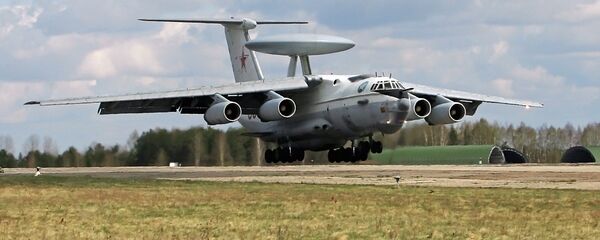The experts, the Russian Defense Ministry reported, were pleased with testing results.
"It was indeed a very good trip and it has been a success for Russia," Klaus Bernander, who heads Sweden's Open Skies verification center, said.
It might sound like Russia is trying to outsmart other treaty members by using top secret advanced technology to obtain high-resolution photos of classified facilities, but this is not how the Open Skies Treaty works.
All countries use commercially available technology and can switch to digital sensors if and when they wish. Cameras can only be installed on designated planes after all member states approve them.
Yet, some US lawmakers were vehemently opposed to letting Russia switch to digital sensors, claiming that the country will supposedly gain critical intelligence through Open Skies missions.
Retired Lieutenant General Evgeny Buzhinsky, who headed the International Treaty Directorate at the Russian Defense Ministry, told the Vzglyad newspaper that this hype did not affect the treaty and the decision to allow Moscow to go digital was a technical issue.
"US Congress is US Congress. There are many people there, who do not fully understand the treaty or how it works," he said. These debates had no impact on the treaty's implementation, because the US legislative branch has no power over the agreement, he added.
Everyone "adhered to the treaty. Everything was fine. Everything will remain as it used to be. Russia simply switched" to digital sensors, Buzhinsky observed.
The Treaty on Open Skies was signed in March 1992 and became one of the major confidence-building measures in Europe in the post-Cold War era.





